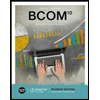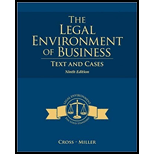
Case summary: To follow the safety measure, company D asked person F to wear steel-toed boots. F found out that one of his legs was sore and within a week he was diagnosed with MRSA infection. Person F then filed Workers Compensation Claim and company D defended that MSRA bacteria was already inside the skin of F before he arrived for the job.
To find: Necessary requirements to recover workers’ compensation benefits.
Case summary:To follow the safety measure, company D asked person F to wear steel-toed boots. F found out that one of his legs was sore and within a week he was diagnosed with MRSA infection. Person F then filed Workers Compensation Claim and D defended that MSRA bacteria was already inside the skin of F before he arrived for the job.
To find:Whether F is qualified to recover workers compensation benefit.
Trending nowThis is a popular solution!

Chapter 20 Solutions
The Legal Environment of Business: Text and Cases
- Compute Ke and Kn under the following circumstances: a. D1= $5, P0=$70, g=8%, F=$7 b. D1=$0.22, P0=$28, g=7%, F=2.50 c. E1 (earnings at the end of period one) = $7, payout ratio equals 40 percent, P0= $30, g=6%, F=$2,20. Note: D1 is the earnings times the payout rate. d. D0 (dividend at the beginning of the first period) = $6, growth rate for dividends and earnings (g)=7%, P0=$60, F=$3. You will need to calculate D1 (the dividend after the first period).arrow_forwardGeneral accounting questionarrow_forwardHello expert with general accounting questionarrow_forward
- Don't use ai given answer accountingarrow_forwardMoonWear, Inc. offers an unconditional return policy. It normally expects 2.5% of sales at retail selling prices to be returned before the return period expires. Assuming that MoonWear records total sales of $12.5 million for the current period, what amount of net sales should it record for this period?arrow_forwardHi expert please given correct answer with accountingarrow_forward
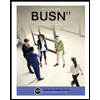 BUSN 11 Introduction to Business Student EditionBusinessISBN:9781337407137Author:KellyPublisher:Cengage Learning
BUSN 11 Introduction to Business Student EditionBusinessISBN:9781337407137Author:KellyPublisher:Cengage Learning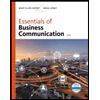 Essentials of Business Communication (MindTap Cou...BusinessISBN:9781337386494Author:Mary Ellen Guffey, Dana LoewyPublisher:Cengage Learning
Essentials of Business Communication (MindTap Cou...BusinessISBN:9781337386494Author:Mary Ellen Guffey, Dana LoewyPublisher:Cengage Learning Accounting Information Systems (14th Edition)BusinessISBN:9780134474021Author:Marshall B. Romney, Paul J. SteinbartPublisher:PEARSON
Accounting Information Systems (14th Edition)BusinessISBN:9780134474021Author:Marshall B. Romney, Paul J. SteinbartPublisher:PEARSON
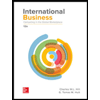 International Business: Competing in the Global M...BusinessISBN:9781259929441Author:Charles W. L. Hill Dr, G. Tomas M. HultPublisher:McGraw-Hill Education
International Business: Competing in the Global M...BusinessISBN:9781259929441Author:Charles W. L. Hill Dr, G. Tomas M. HultPublisher:McGraw-Hill Education